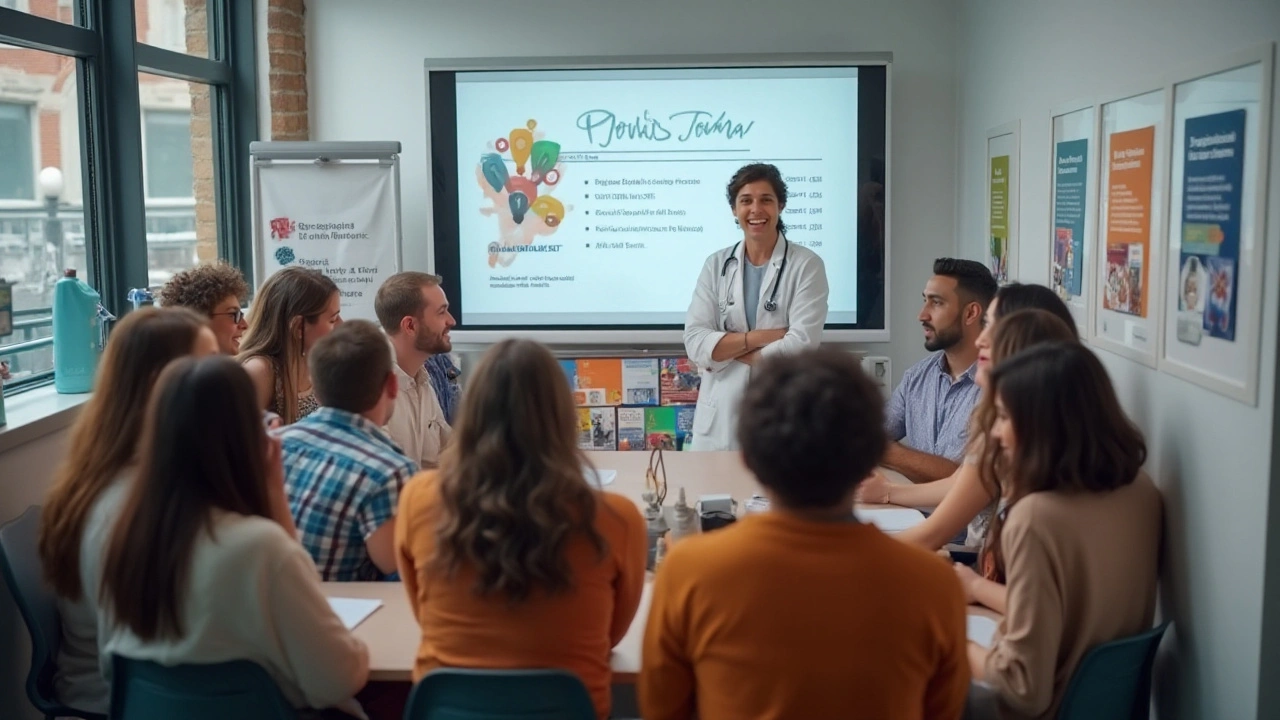STI Treatment Guide: Effective Options & When to Seek Help
Did you know that about half of sexually active people will contract an STI at some point? It sounds scary, but the good news is most infections are treatable with the right meds and timing. This page gives you straight‑forward advice on what works for common STIs, when to call a doctor, and how to keep getting better after treatment.
Common STIs and Their Standard Treatments
Here’s a quick rundown of the most frequent infections and the drugs doctors usually prescribe:
- Chlamydia: A single dose of azithromycin or a week of doxycycline. Both clear the bug in 95% of cases.
- Gonorrhea: Today’s go‑to is a dual therapy – an injection of ceftriaxone plus oral azithromycin to cover possible resistance.
- Syphilis: Early stages get a single penicillin shot. Later stages need weekly shots for three weeks.
- Trichomoniasis: One dose of metronidazole or tinidazole works fast and stops the itching.
- Herpes (HSV‑1, HSV‑2): Antivirals like acyclovir, valacyclovir, or famciclovir reduce outbreaks but don’t cure the virus. Daily suppressive therapy can lower transmission risk.
All these meds are prescription only, so you’ll need a health professional to write them. Never skip your dose and finish the full course—even if symptoms disappear early.
Tips for Managing Symptoms and Preventing Re‑infection
Medication is just one part of getting back on track. Follow these practical steps:
- Tell your partners: Everyone who might have been exposed should get tested and treated at the same time.
- Avoid sex until cleared: Most doctors advise waiting 7‑14 days after finishing meds, then get a test‑of‑cure if needed.
- Use protection consistently: Condoms cut transmission risk for most STIs. For herpes and HPV, they lower but don’t eliminate risk.
- Stay hydrated and rest: Your body fights infection better when you’re well‑rested and drinking water.
- Watch for side effects: Nausea, rash, or severe diarrhea may signal a reaction. Contact your doctor right away.
If you notice new pain, sores that don’t heal, or fever after treatment, it’s time to call the clinic again—sometimes a second line of antibiotics is needed.
Remember, early detection makes treatment easier and reduces complications like infertility or chronic pain. Many local pharmacies now offer quick STI testing kits, but a lab confirmation is still the gold standard.
Bottom line: Get tested, follow the prescription exactly, inform partners, and keep using protection. With these steps you can clear most infections fast and protect your health long term.

Effective Tips on Preventing and Treating Sexually Transmitted Infections
Sexually Transmitted Infections (STIs) are a significant public health concern, affecting millions worldwide each year. Understanding how these infections spread and knowing how to prevent and treat them are crucial steps in promoting healthy sexual practices. This article delves into valuable tips and facts about STI transmission, prevention, and the latest treatment approaches. It aims to provide insightful guidance for maintaining optimal sexual health while dispelling common myths.